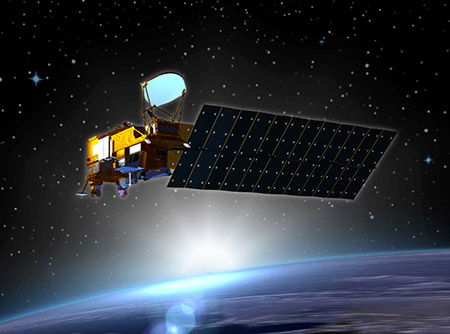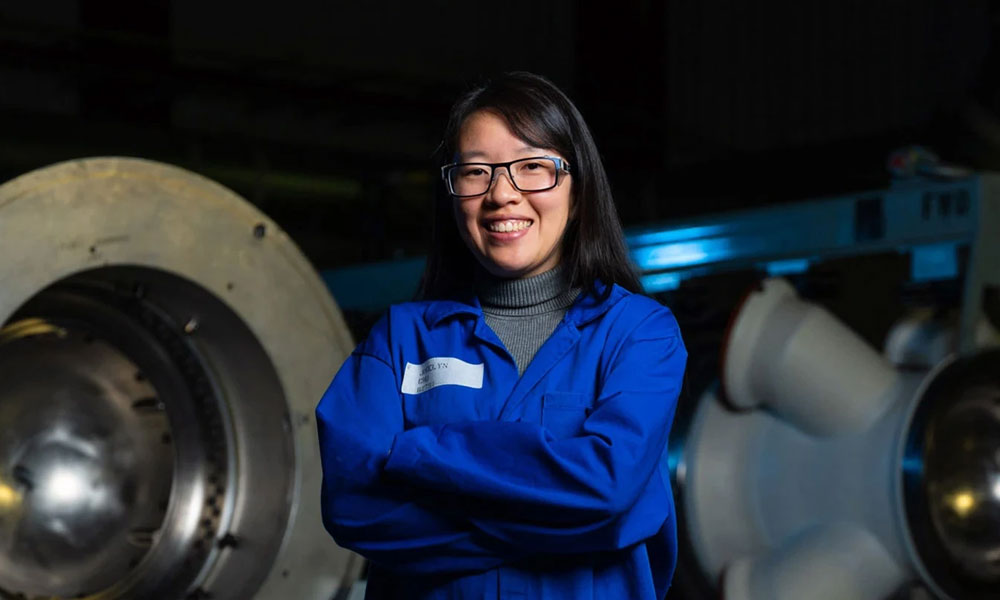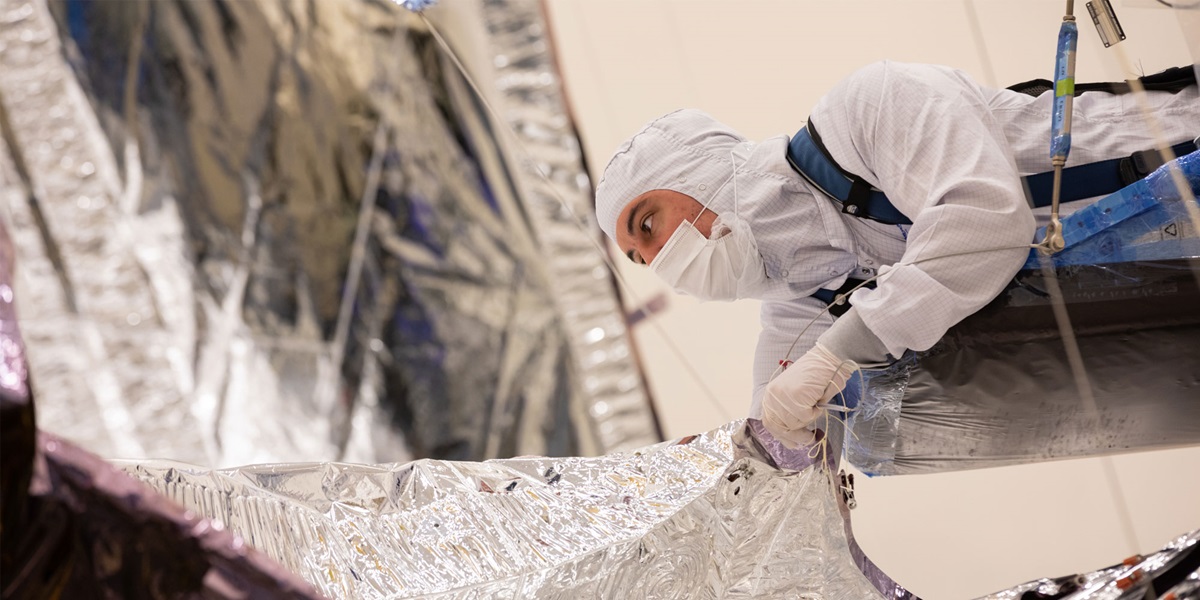By Michelle A. Monroe

Carl was having a conversation with his 9-year-old grandson, Jeremiah, when he began sharing his love of science and how he turned it into a lifelong career.
“As Jeremiah began asking more about climate change, I had one piece of advice: Let science be your guide,” Carl said.
At Northrop Grumman, Carl works on NASA’s Earth Observing System (EOS) program and is responsible for monitoring data collected by two spacecraft, Aqua and Aura, which are identical in design but unique in purpose.
While Carl and his small team are primarily focused on keeping Aqua running smoothly as it collects vital data on Earth’s water cycle, the Aura craft supports this mission by collecting equally important data on the Earth’s atmospheric chemistry.
A Love for Science
Ever since he was a young boy, Carl was attracted to working with planes and the idea of flying. This translated into a love for science, data and satellites, which ultimately led to a 10-year career in the Air Force before joining Northrop Grumman in 1996.
Carl’s favorite thing in his decades in aerospace is launch and early orbit testing.
“It’s the best thing overall. Every engineer should be on console watching a satellite turn itself on,” Carl said.
“Aqua and Aura are designed from the same spacecraft bus — both built by Northrop Grumman. They’ve been flying up in space for about 20 years and have not had a major anomaly or failure.”
— Carl, Engineer
He said he also enjoys working on legacy programs, like Aqua and Aura, because they are good opportunities for senior and junior engineers to collaborate and apply new ways of doing things to longstanding missions.
Aqua launched in 2002 with a design expectancy of six years but is still providing high-quality data 20 years later.
Decades in Space
When asked what’s one thing he wants people to take away from Northrop Grumman’s role in these satellites, Carl answered: resiliency.
“Aqua and Aura are designed from the same spacecraft bus — both built by Northrop Grumman,” Carl said. “They’ve been flying up in space for about 20 years and have not had a major anomaly or failure — they still operate as if it they were a brand-new satellite.”
Carl began working on the EOS program five years ago and has spearheaded changes like a remote access workstation. This allows him to see the same telemetry screens as flight operators at NASA, so they can see the same data at the same time.
“A spacecraft’s actual lifespan depends on the reliability of the hardware, redundancy of components, and most importantly how you maintain and operate it,” Carl said.
Aqua’s data has been used in weather forecasting, air quality assessments, and the monitoring of forest fires, volcanic ash plumes, and crop yields. It has also been used by the U.S. Department of Agriculture to monitor the condition of crops during the growing season.
Climate Pride
Carl is often reminded about that conversation he had with his grandson and beams with pride that he’s helping scientists study Earth every day.
“I’ve always felt a strong connection to science and data,” Carl said. “Having Aqua and Aura out in space allows us to provide the science, data and resources for scientists around the world to predict data trends and come up with solutions.”
Aqua has been used alongside numerical models to provide operational predictions of harmful conditions along the California coast, allowing for better-informed decisions by recreational managers, marine mammal rescue teams, and others.
The positioning of the satellite is crucial to its data collection.
“I have to make sure my satellite bus — the main body of the spacecraft — is operating properly to put Aqua in the right position to collect and provide the data needed down on Earth,” Carl said.
That responsibility and his team’s execution of it is what he is most proud of every day. Every time Carl and his grandson look up at the sky, he’s reminded of his love for science.
“My grandson can tell all his friends that his papa works on satellites that observe our Earth to better understand climate change and environmental patterns,” Carl said. “The science is out there. Trust the science. Let science be your guide.”

Life at Northrop Grumman: Recent Stories
Shape your career journey with diverse roles and experiences that expand your expertise, feed your curiosity, and fuel your passion.

Life at Northrop Grumman: Archived Stories
It takes every one of us to make the impossible a reality. See what life is like at Northrop Grumman.
